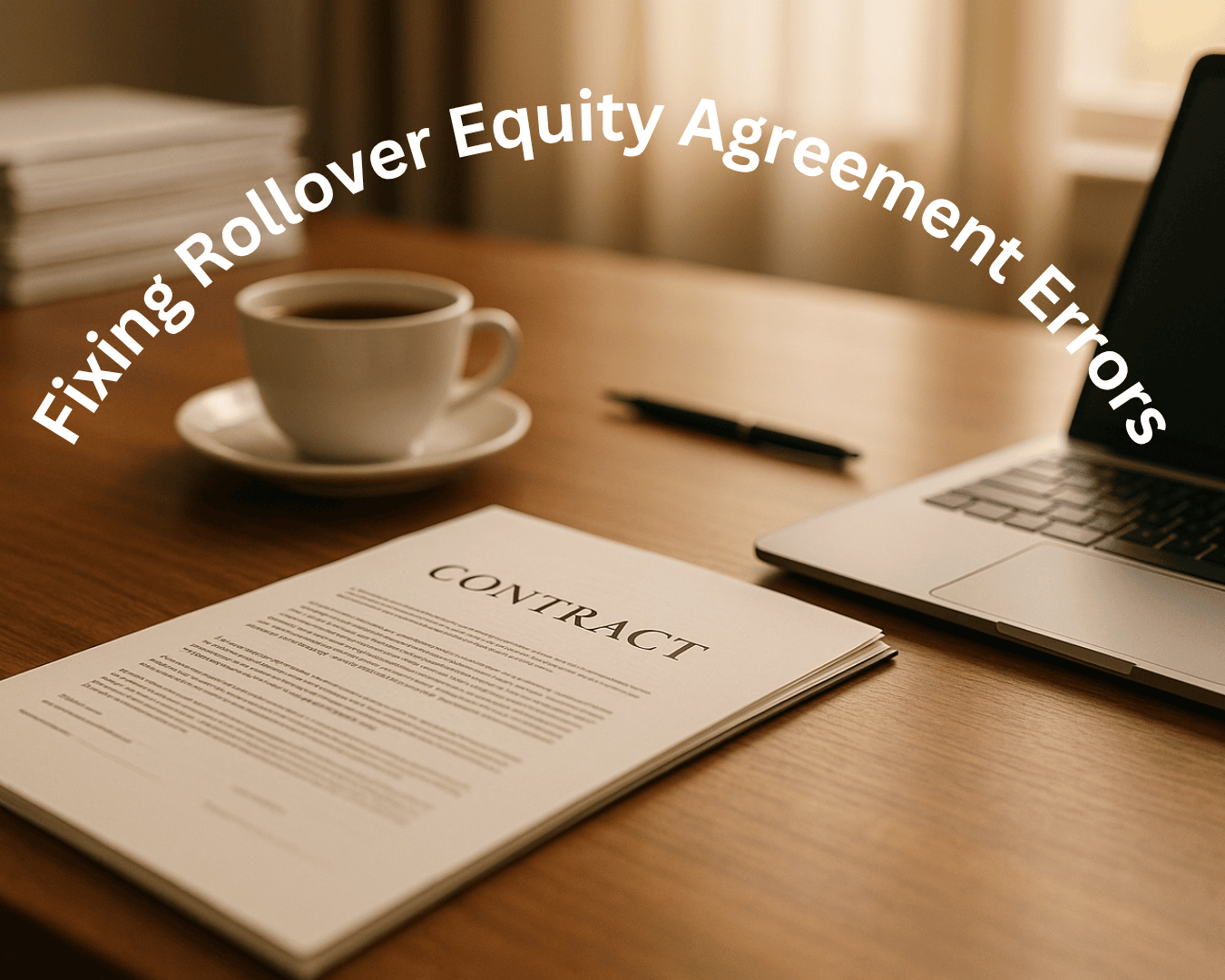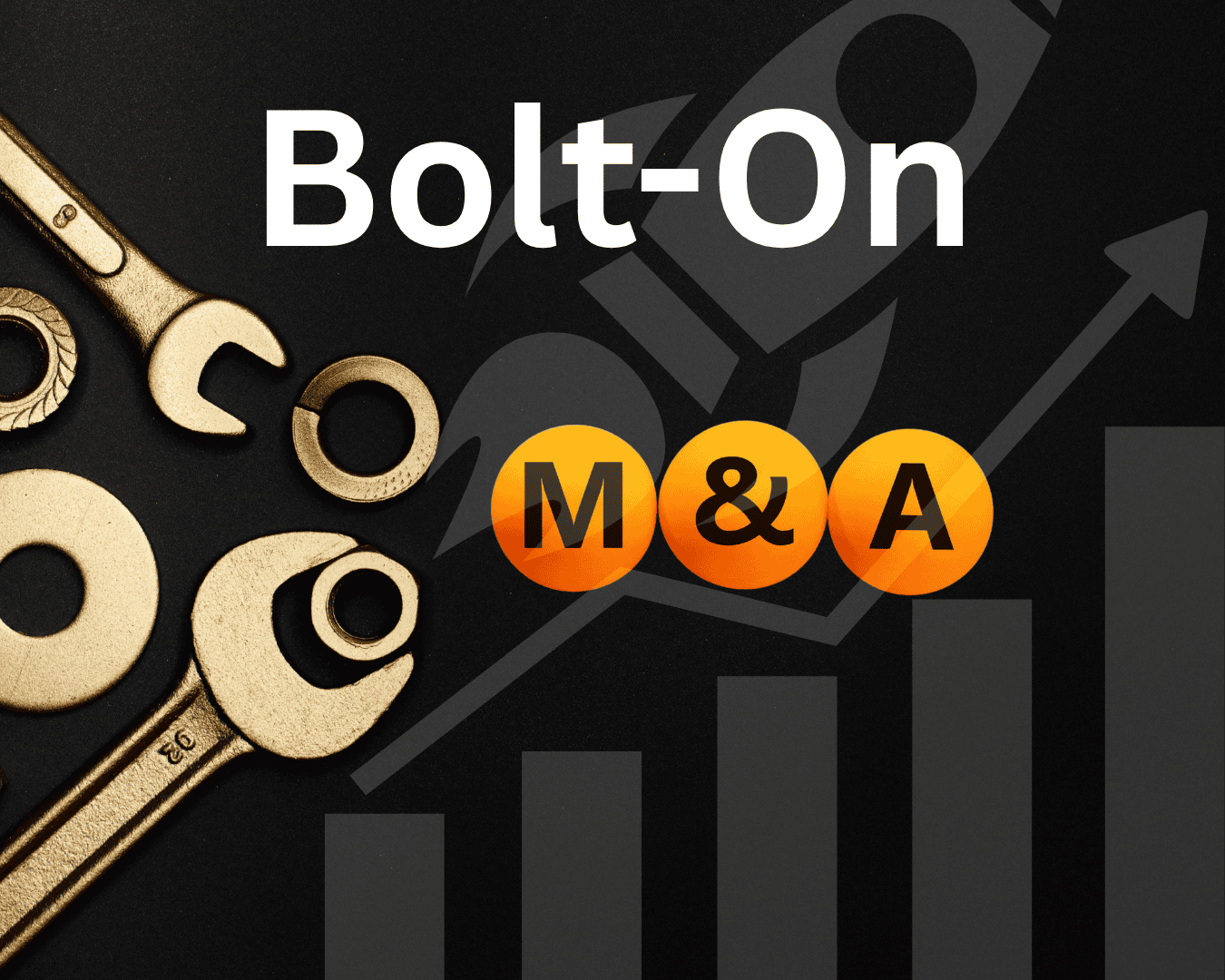Acquiring a small or medium-sized business (SMB) can be complex, especially when it comes to HR compliance. Here's what you need to know to avoid costly mistakes and ensure a smooth transition:
- Employee Records: Verify I-9 forms, personnel files, and payroll records. Use the latest Form I-9 (08/01/23 edition).
- Employment Agreements: Review contracts, non-compete clauses, and NDAs for compliance.
- Benefits & Compensation: Check health plans, retirement benefits, PTO policies, and wage law compliance.
- Workplace Policies: Update anti-discrimination, safety, and leave policies to align with current laws.
- Union Relations: Address labor laws and collective bargaining agreements if applicable.
Quick Facts:
- Non-compliance can cost up to $500,000 in plaintiff judgments.
- SMBs face 350% more social engineering attacks than larger firms.
- Data breaches cost SMBs an average of $3 million.
Tools to Simplify Compliance:
- HR Software: Rippling, Zoho People, GoCo, and Factorial help automate compliance and manage transitions.
- Data Protection: Use encryption, secure data transfers, and access controls to safeguard sensitive employee information.
Staying compliant during an acquisition is critical to avoid legal risks and protect employee trust. Follow this checklist to streamline your HR processes and ensure a successful merger.
Mergers and Acquisitions Due Diligence Explained
Required Employee Records
Ensure all employee records are complete and well-organized to meet legal requirements during SMB acquisitions.
Employee File Essentials
Employee files should include these key documents to verify employment history and compliance:
- Identification: Government-issued ID, Social Security number, and contact details
- Employment Records: Offer letters, promotion history, and performance reviews
- Benefits Information: Health insurance and retirement enrollment documents
- Disciplinary Actions: Written warnings and improvement plans
- Medical/Health Records: Stored separately to comply with privacy laws
After compiling these records, confirm work status using the latest I-9 procedures.
I-9 and Work Status Verification
For new hires, use the 08/01/23 edition of Form I-9 [2]. The process includes:
- Employees must complete Section 1 on or before their first workday.
- Employers verify identity documents within three business days.
- Retain each completed Form I-9 for three years after the hire date or one year after termination, whichever comes later.
Employers are responsible for ensuring the documents provided appear genuine and match the employee.
Once identity and work status are confirmed, focus on maintaining payroll and tax records that meet IRS standards.
Payroll and Tax Documentation
Accurate payroll records are crucial for tax compliance. The IRS mandates keeping payroll tax records for four years after the filing quarter [3]. Key forms include:
| Form Type | Filing Deadline | Purpose |
|---|---|---|
| Form 941 | Quarterly (Apr 30, Jul 31, Oct 31, Jan 31) | Reports federal income tax, Social Security, and Medicare taxes |
| Form W-2 | January 31 | Reports annual wages and tax withholdings |
| Form 1099-NEC | January 31 | Reports payments to contractors |
To streamline this process, consider outsourcing payroll management to a reliable provider for accurate handling and timely tax filings.
Employment Contracts and Company Policies
Employment Agreement Review
Reviewing employment agreements is crucial to ensure compliance and clarity regarding obligations. Pay close attention to these key areas:
- Compensation details: Includes salary, bonuses, and commission structures.
- Work arrangements: Covers hours, remote work guidelines, and overtime policies.
- Benefits eligibility: Outlines health insurance, retirement plans, and PTO specifics.
- Performance metrics: Defines evaluation criteria and schedules for reviews.
- Termination clauses: Specifies notice periods and severance terms.
It's wise to consult legal professionals to ensure agreements align with federal, state, and local laws [4]. This step also helps avoid potential issues, especially during acquisitions.
Non-Compete and NDA Review
Once employment agreements are reviewed, focus on non-compete and NDA provisions to safeguard your business. Non-competes should be enforceable and reasonable to stand up in court.
| Agreement Component | Key Considerations | Common Pitfalls |
|---|---|---|
| Duration | Typically 2-5 years | Excessively long terms may not hold up. |
| Geographic Scope | Limited to the relevant market | Overly broad areas risk invalidation. |
| Competitive Activities | Clearly defined industries | Vague terms can lead to enforceability issues. |
NDAs should include:
- A clear definition of what counts as confidential information.
- Specific guidelines on who can disclose and under what circumstances.
- Defined timeframes for confidentiality obligations.
- Provisions for involving advisors or potential investors.
Policy Manual Review
Workplace policy manuals should be reviewed to ensure they meet current legal standards and best practices. Key policies to address include:
-
Anti-Discrimination and Harassment
Update policies to meet legal requirements. Ensure they include clear reporting channels and effective investigation procedures. -
Safety and Health
Confirm compliance with OSHA and local safety regulations. Refresh emergency plans and workplace safety protocols as needed. -
Leave Policies
Evaluate all leave policies, including:- Personal and sick leave.
- Compliance with the Family and Medical Leave Act (FMLA).
- Policies for maternity and paternity leave.
- Bereavement leave.
Regular updates and employee training help maintain compliance and foster a positive work environment [5]. Using a digital policy management system can streamline updates and ensure employees acknowledge changes.
sbb-itb-a3ef7c1
Benefits and Pay Compliance
This section highlights key financial and employment benefit obligations that small and medium-sized businesses (SMBs) must address to stay compliant during acquisitions.
Health and Retirement Benefits
Start by reviewing health and retirement benefits for compliance with ERISA and to identify potential liability risks. Gather detailed summaries of benefits coverage (SBCs) and evaluate the structure of current plans [1].
Key areas to check include:
- ERISA Compliance: Make sure all benefit plans meet ERISA standards as required by the Department of Labor.
- Plan Documentation: Review plan documents, amendments, and required notices for accuracy.
- Self-Insured Plans: Assess any contingent liabilities or unreserved costs tied to self-insured plans [6].
Additionally, ensure that paid time off (PTO) policies comply with state-specific payout laws.
PTO Policy Check
PTO policies must align with state regulations for payouts and sick leave. Here's a breakdown of state requirements:
| Requirement Type | States with Mandatory Rules |
|---|---|
| Paid Sick Leave | Arizona, California, Connecticut, District of Columbia, Maryland, Massachusetts, Oregon, Vermont, Washington |
| Vacation Payout | California, Massachusetts, Montana, Nebraska |
| Policy-Dependent States | 37 states follow company-specific policies [7] |
Key actions for PTO compliance:
- Document current PTO balances and accrual rates.
- Check state-specific regulations for PTO payouts.
- Calculate pro-rated benefits for employees transitioning to the new company.
- Clearly communicate any policy updates to employees.
Once PTO and benefits are in order, the next step is to ensure compliance with wage laws.
Wage Law Compliance
Wage law compliance is a critical part of the process. Focus on these areas:
- Worker Classification: Confirm employees and contractors are correctly classified.
- Minimum Wages: Ensure wages meet or exceed federal, state, and local minimum requirements.
- Overtime Rules: Verify overtime pay calculations for non-exempt employees based on state-specific laws.
If there are major differences between the acquiring and target companies' benefit packages, create a detailed transition plan. This can help maintain employee satisfaction and avoid compliance issues during the merger [6].
HR Compliance Tools and Software
Digital tools play a key role in simplifying HR compliance during SMB acquisitions.
HR Software Solutions
After conducting thorough policy reviews and ensuring benefits compliance, using digital HR tools can make the transition process smoother and more efficient.
| Platform | Key Features | Best For | Starting Price |
|---|---|---|---|
| Rippling | Compliance automation, customizable workflows, integrated payroll | Companies needing automation | Contact for pricing |
| Zoho People | Core HR functions, policy management | Small teams | $1.25/user/month |
| GoCo | Document management, benefits administration | Mid-sized companies | $5/employee/month |
| Factorial | Core HR, time tracking, compliance reporting | Budget-conscious SMBs | $60/year + $4/user |
Non-compliance costs increased by 45% between 2011 and 2017, climbing to $14.82 million annually [8].
Data Protection Methods
Protecting sensitive HR data is essential during acquisitions. Here are three key methods to ensure security:
- Encryption Protocols: Use end-to-end encryption to safeguard personnel files, payroll information, and benefits documentation [9].
- Access Control: Implement Role-Based Access Control (RBAC) to limit access to sensitive information during transitions [9].
- Secure Data Transfer: Share HR documents securely through SFTP or Virtual Data Rooms (VDRs) [10].
These strategies help protect data integrity while ensuring compliance throughout the process.
Compliance Monitoring Tools
Monitoring tools are essential for addressing risks and maintaining compliance after an acquisition.
| Tool | Rating | Primary Function | Notable Feature |
|---|---|---|---|
| SixFifty | 4.18/5 | Document automation | Customizable HR documents |
| Justworks | 4.13/5 | PEO services | Regulatory updates |
| Bambee | 4.09/5 | HR management | Dedicated HR manager |
| Mineral | 3.99/5 | Advisory services | Access to legal professionals |
Look for tools that provide automated tracking, real-time updates, and integration with your existing HR systems. Features like audit trails can also help document compliance activities effectively.
Conclusion: HR Compliance Checklist Summary
Checklist Overview
Ensuring HR compliance during SMB acquisitions requires careful attention to multiple areas. A detailed review is essential to avoid complications and ensure a smooth transition [11].
| Compliance Area | Key Requirements | Priority Level |
|---|---|---|
| Employee Records | I-9 forms, personnel files, payroll records | Critical |
| Employment Contracts | Non-compete clauses, employment terms, NDAs | High |
| Company Policies | Anti-discrimination rules, safety guidelines | High |
| Benefits & Compensation | Health plans, retirement options, PTO policies | Medium |
| Documentation Systems | Digital storage, access controls, audit trails | Medium |
Action Steps
To maintain compliance and integrate HR systems effectively, consider these steps:
-
Documentation Review
Audit all HR files and securely merge systems. Work closely with IT to ensure data integrity during the integration process [12]. -
Policy Integration
Standardize employment agreements and workplace policies across both companies to maintain consistency. -
Compliance Verification
Follow a three-step process:- Audit existing HR contracts and agreements.
- Confirm adherence to current labor laws.
- Ensure benefits and compensation align with legal requirements.
-
Technology Implementation
Invest in HR software that tracks compliance. Look for tools with features like automated monitoring, regulatory updates, and secure document management.
For additional resources on technology and process integration, visit Clearly Acquired at https://clearlyacquired.com.


.png)





























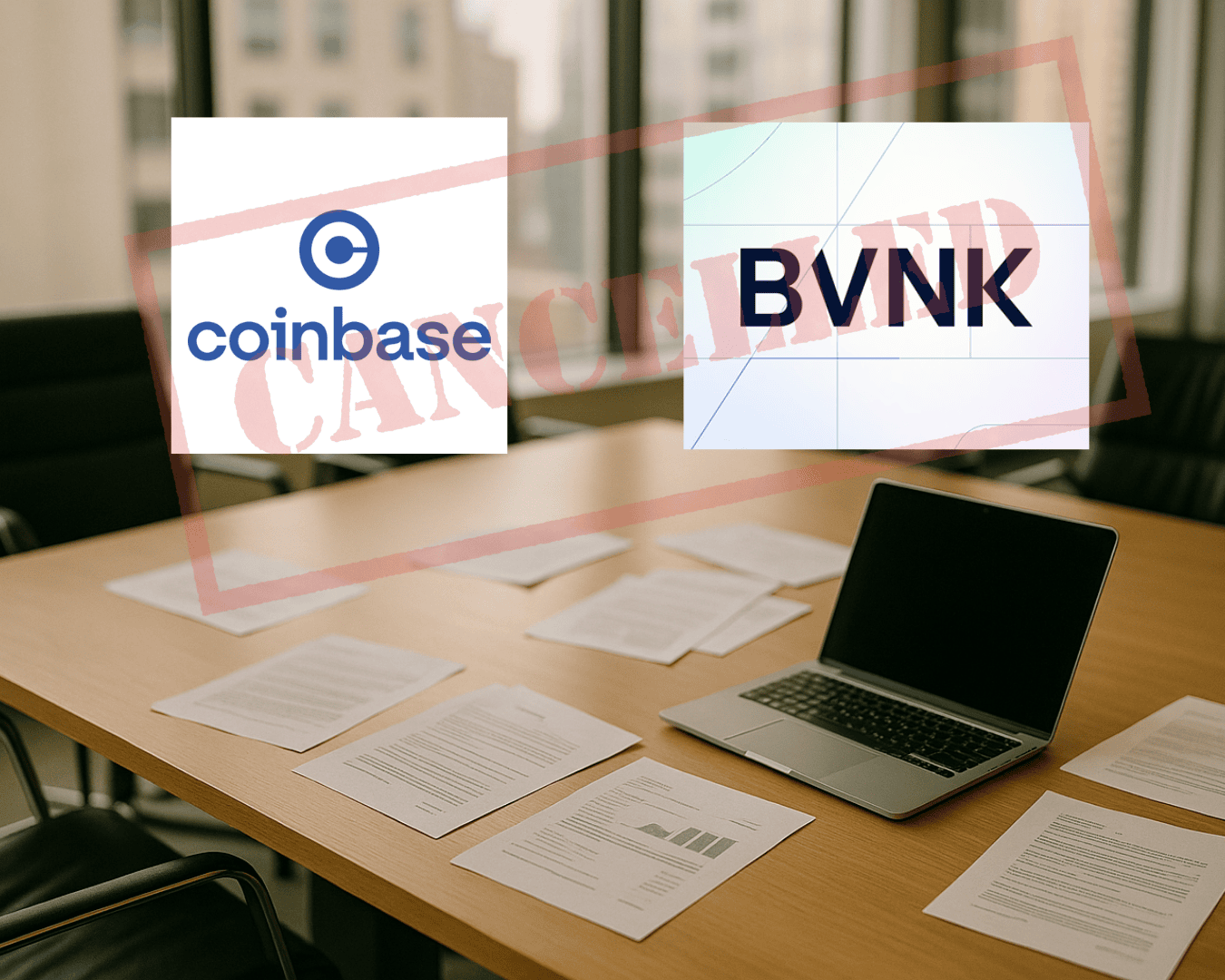









.png)




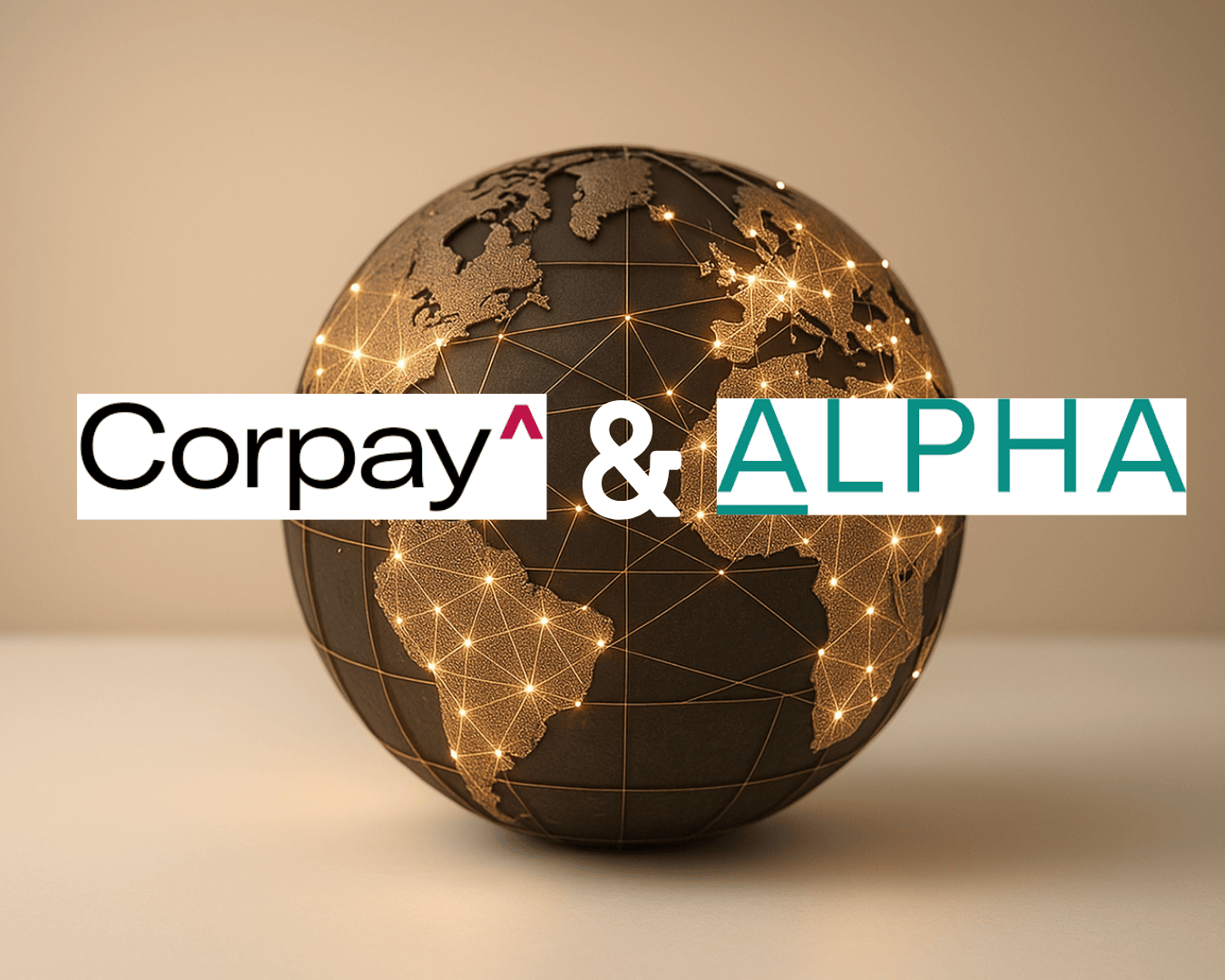












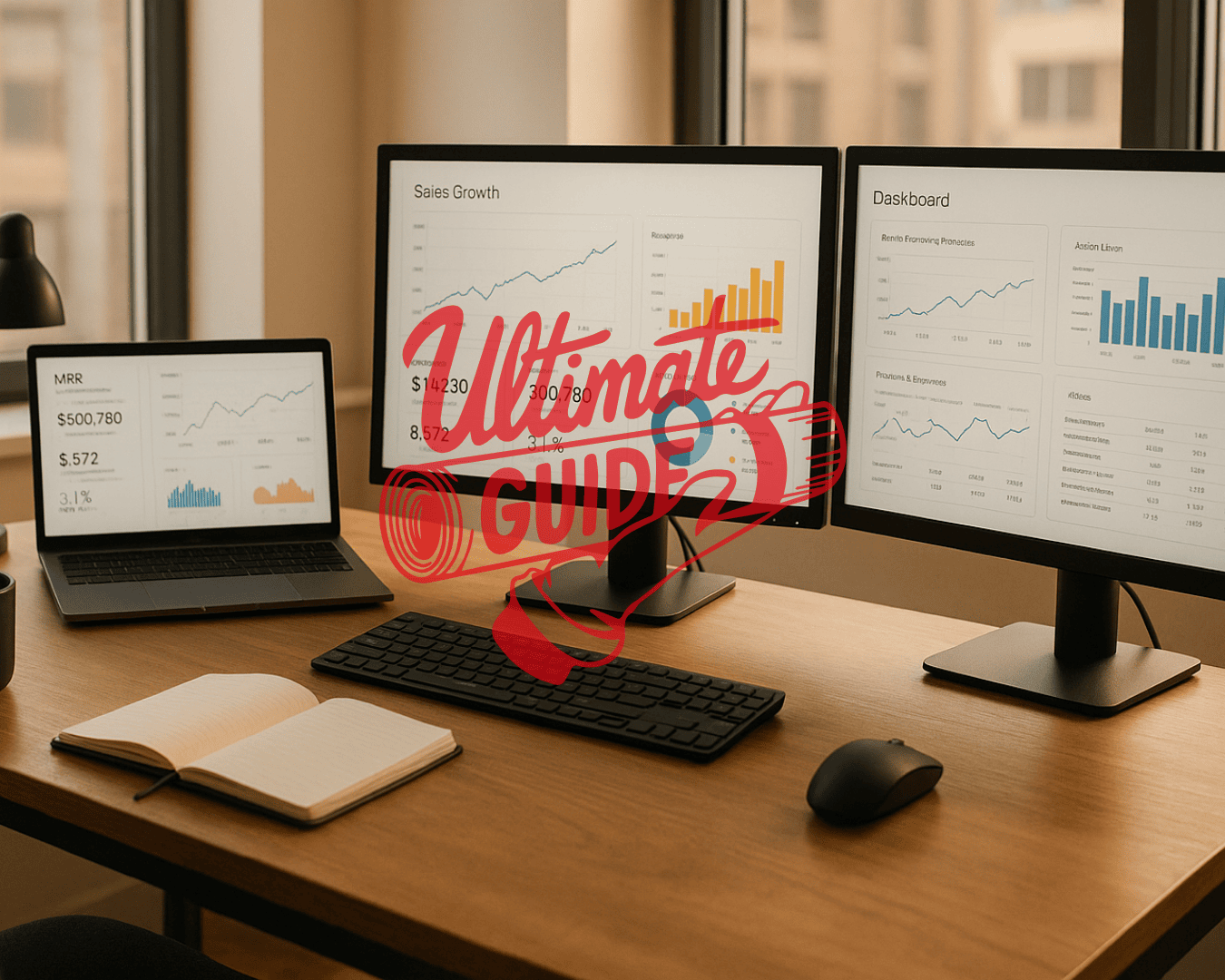










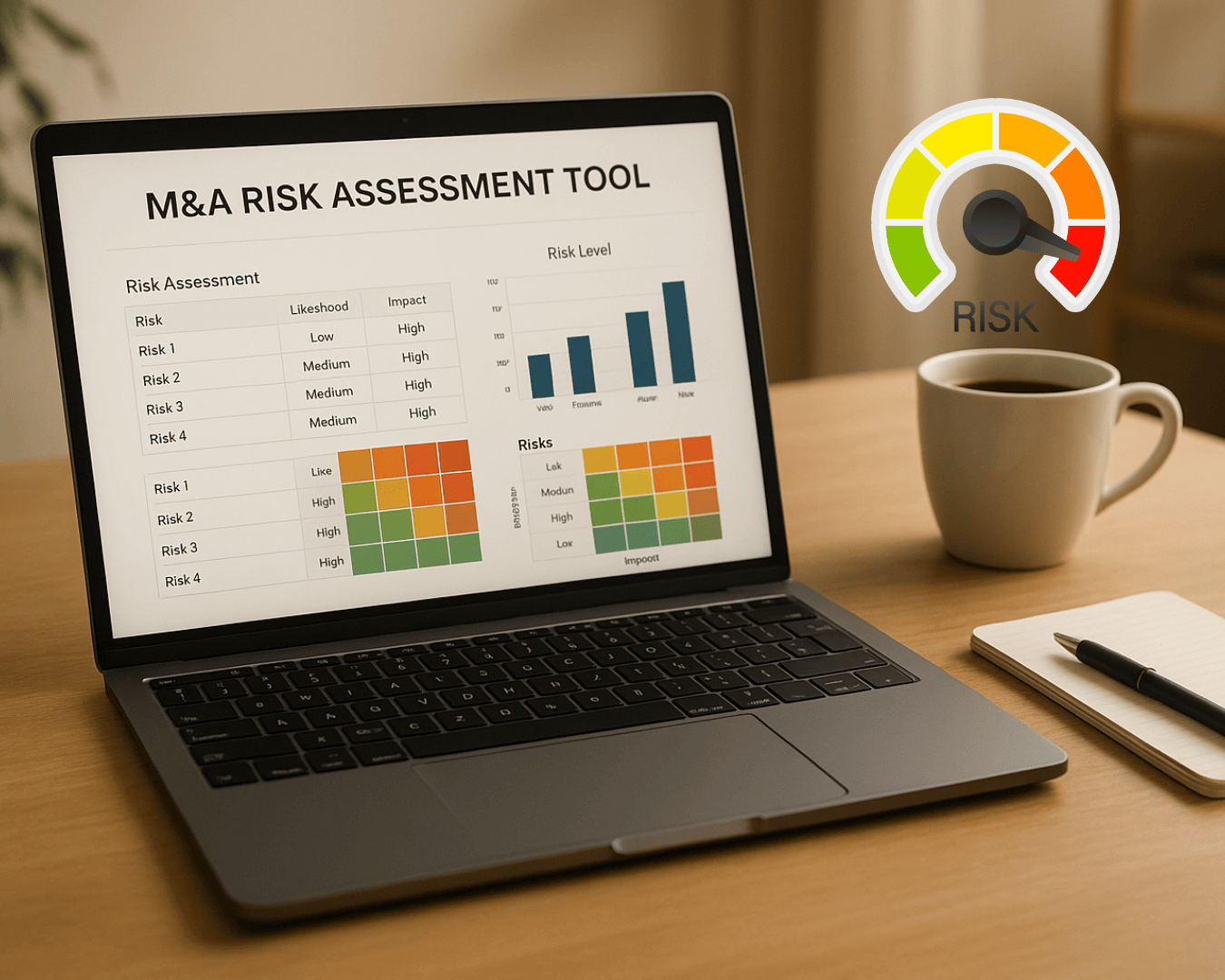

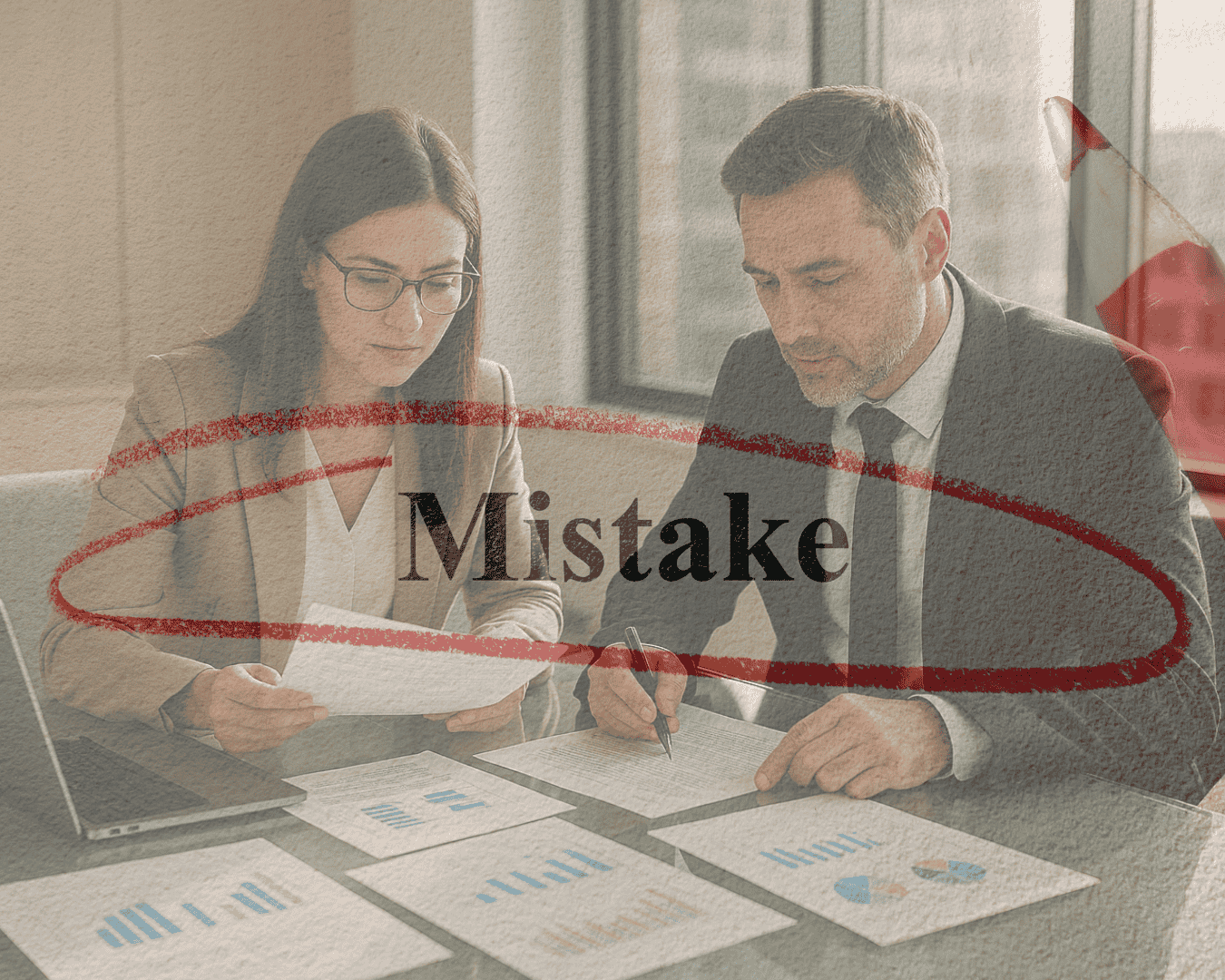
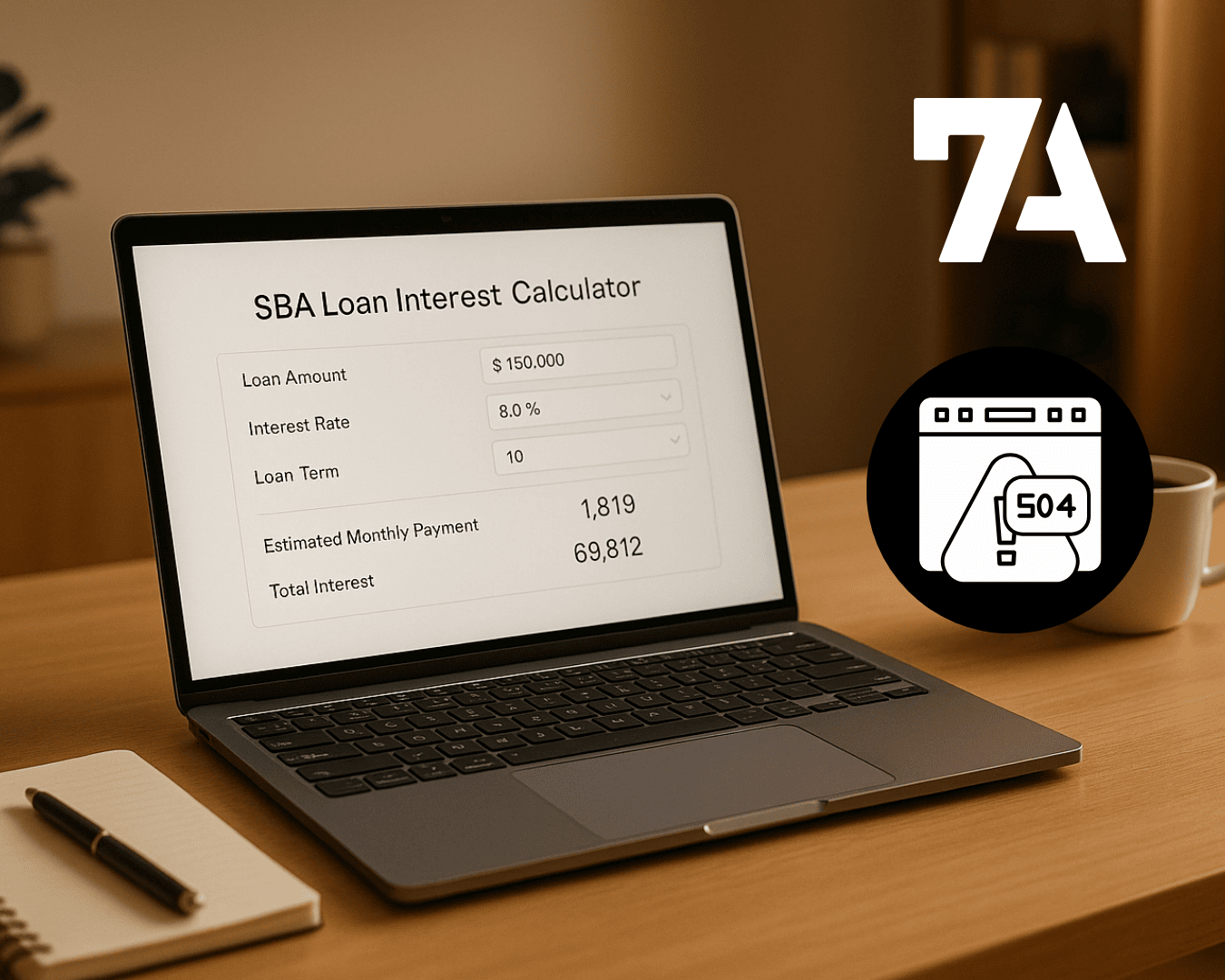








%20Loan%20Application%20Checklist.png)
